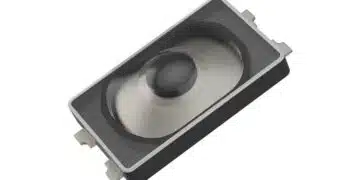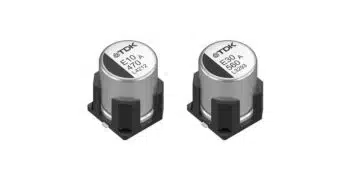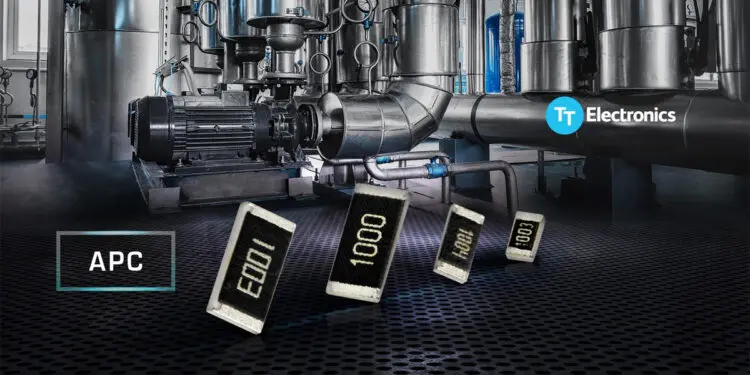TT’s APC Series meets the latest anti-sulphur standard, bringing precision and stability to today’s automotive, industrial and instrumentation applications.
TT Electronics, a global provider of engineered electronics for performance critical applications, today announced the APC Series resistors, its family of high reliability surface mount resistors that have been qualified for use in environments exposed to sulphur-bearing gasses. Featuring stability and tight tolerances, APC resistors are optimised for high precision analogue circuits deployed in polluted environments where sulphur compounds in fumes may react with metals in standard component terminations. Validated to rigorous anti-sulphur standards, APC resistors are designed to reduce failure in harsh automotive, industrial, and instrumentation applications such as automotive battery management, roadside monitoring, vehicle maintenance equipment, industrial process control, portable test and measurement, and process monitoring in rubber, wine, petrochemicals, and waste.
Most anti-sulphur chip resistors are thick film with tolerance to 0.5% and TCR of 100ppm/°C, but the APC family offers thin film precision, improved on both counts by a factor of 10. With nineteen combinations of size, sulphur protection grade, and power range, APC covers the broadest array of resistance requirements for harsh applications and provides accuracy and reliability without relying on coating, sealing, or encapsulation strategies.
“APC’s anti-sulphur qualifications and low life drift add significant value in both performance and the overall system design process. By reducing field failure costs for designers, these high-reliability resistors free up error budgets and enable precision requirements to be relaxed elsewhere in the design,” said Barry Peters, VP Product Management and Engineering, TT Electronics.
APC series resistors are anti-sulphur tested and qualified to both ASTM-B-905-95 and the newer EIA-977 standards, including tests of up to 1000 hours at 105°C and up to 85% relative humidity.






























